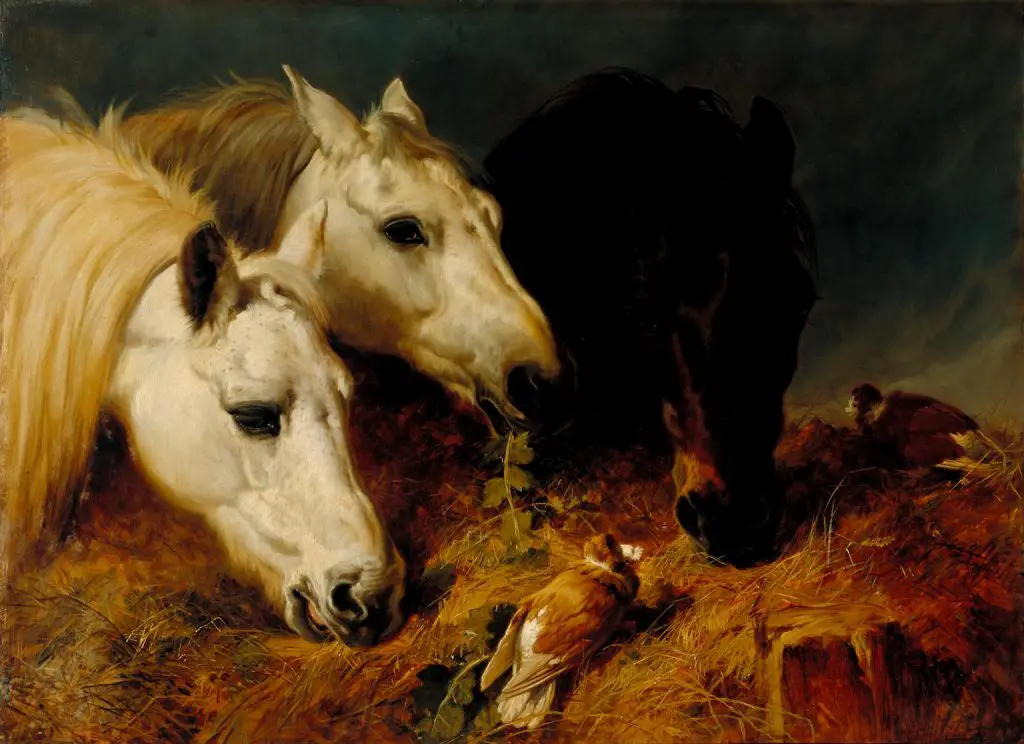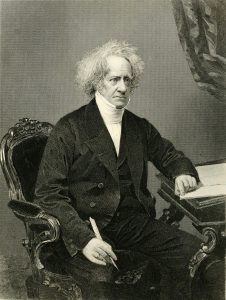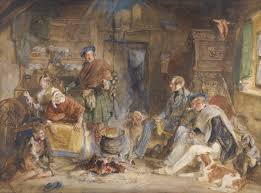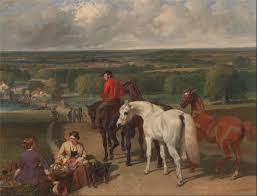John Frederick Herring was a coachman, painter and a sign maker in Victorian times. In 1848, he painted “Pharoah’s Chariot Horses”. In 1836, he amended his signature “SR” (senior) with the growing fame of his teenage son.
Early Life of John Frederick Herring
He was born in1795 in London. John Frederick was the son of a London merchant of Dutch parentage and that is why he was born overseas in America. The starting first eighteen years of his life were spent in London. There he gained interest in drawing and horses.

When he was 18 years of age in 1814 then he moved to Doncaster in the north of England to witness the Duke of Hamilton’s “William” in the St. Leger Stakes horserace. In 1815, he married Ann Harris. Herring had sons named Charles Herring, and Benjamin Herring and both of them became artists.
John Frederick Herring’s Family
Not only this, he even had two daughters, Ann and Emma and both of them were married to painters. But in 1845 when Ann was bare of age when she got married to Harison Weir.
Herring was engaged as a painter of inn signs and coach insignia on the sides of coaches in Doncaster, England. He was able to get a subsequent employment as a night coach drive due to the contact he had with a firm owned by a Mr. Wood.
Artist Coachman
John Herring was popularly known as the “Artist Coachman” at that time when he used to paint portraits of horses for inn parlors in his spare time. Later, a wealthy customer recognized his talent and then he started painting hunters and racehorses for the gentry.
Before moving to London in England, John Frederick Herring spent three years in Newmarket, England after leaving Doncaster in 1830. During this time, he received tuitions from Abraham Cooper.

When Herring was in London, he experienced financial difficulties and at that time W.T. Copeland gave him financial assistance.
W.T. Copeland used to commission many paintings, including some designs used for the Copeland Spode bone china. During 1840-41, son of the French King Louis-Phillipe, Duc d’Orleans (the Duke of Orleans) invited John Frederick Herring in Paris to paint several pictures.
Late Themes in Paintings
Herring was selected as an Animal Painter to HRH the Duchess of Kent in 1845. Then, he received a subsequent commission from Queen Victoria who was ruling at that time and she remains a patron for rest of his life.

Herring moved to rural Kent in the southeast of England in 1853 and during this time, he stopped painting the portraits of horses. The last 12 years of his life were spent at Meopham Park near Tonbridge where he lived as a country squire. There, he broadened his subject matter by painting agriculture scenes, narrative pictures and sporting works of hunting, racing, and shooting.
Biography of John Frederick Herring
Herring is a highly successful and prolific artist and ranks as one of the more eminent animal painters of mid-nineteenth century Europe. Many of his paintings became really popular and some are even engraved such as 33 winners of the St. Leger and his 21 winners of the Derby.

During 1818–1865, Herring exhibited at the Royal Academy then at British Institution from 1830–1865 and then in 1836-1852 at the Society of British Artists. Finally, in 1842, Herring became Vice-President in Society of British Artists.